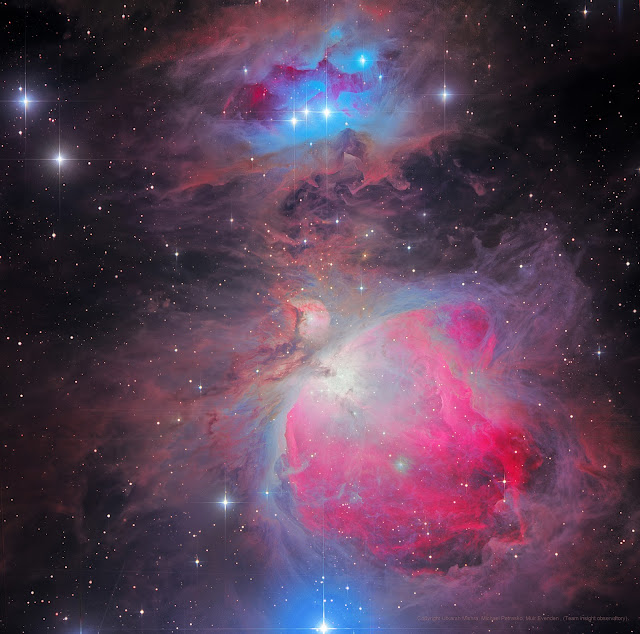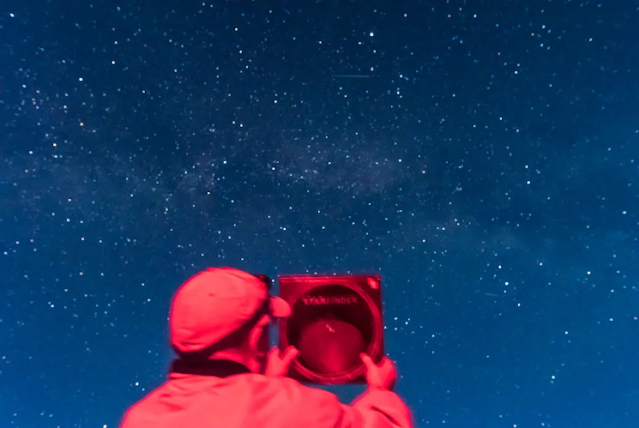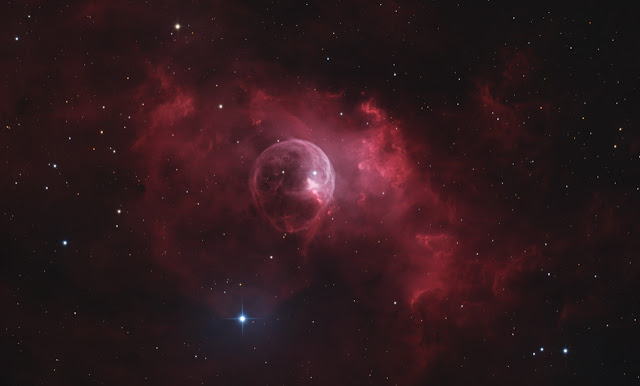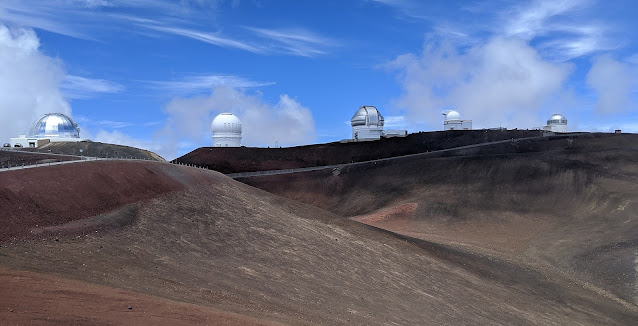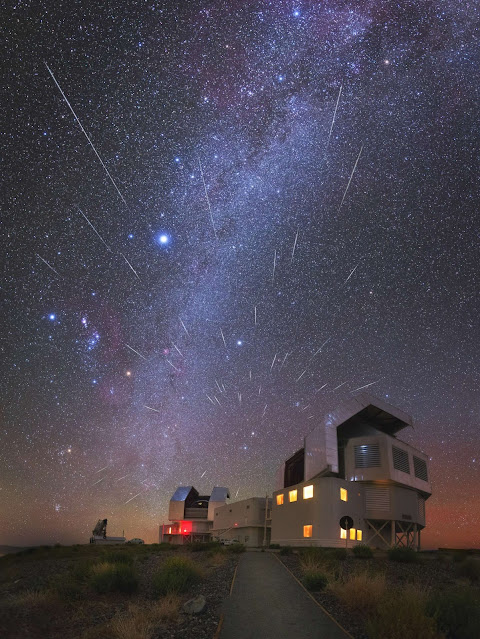Stunning New IC 1274 Image Set Available Now!

This stunning image, skillfully captured and processed by Brian Puhl, showcases the mesmerizing intricacies of an emission nebula. Taken with the AFIL-40 telescope, located in the breathtaking Rio Hurtado Valley of Chile. Are you an astrophotographer dreaming of capturing breathtaking images of deep-sky wonders? Do you yearn for the pristine dark skies that unlock the universe's hidden beauty? Then prepare to be amazed! A stunning new image set of IC 1274 is now available on Starbase , offering a glimpse into the heart of this captivating nebula. IC 1274: A Celestial Gem IC 1274 is a luminous nebula nestled within the Lynds 227 molecular cloud in the constellation Sagittarius. Located approximately 5,900 light-years from Earth, this stellar nursery is a hotbed of star formation, energized by the intense radiation of the massive B0-class star HD 166033 (Hansonastronomy.com). The nebula's vibrant red hues, characteristic of ionized hydrogen, and intricate dust lane struct...

